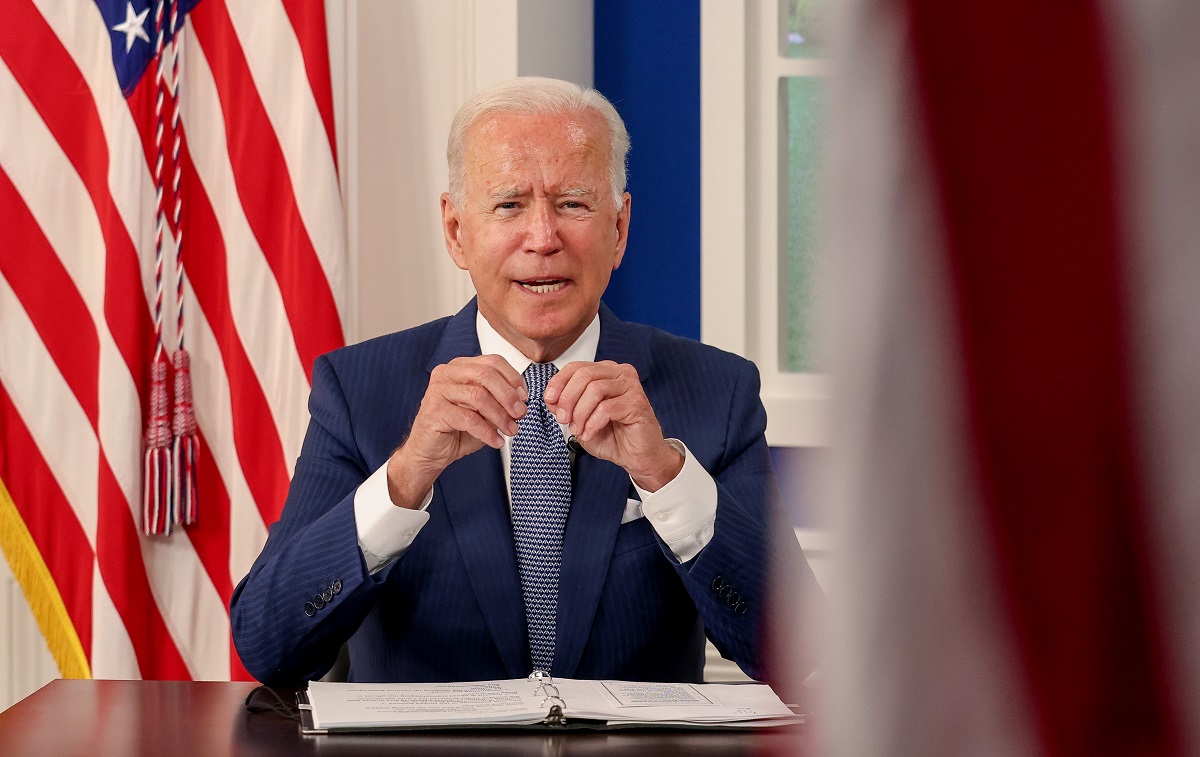The US deficit and debt have ballooned under the administrations of both former President Donald Trump and current President Joe Biden, with little hope for improvement in sight, according to a report from French newspaper Le Figaro by writer Florentin Colomb.
The report reveals that the US debt is skyrocketing, increasing by approximately one trillion dollars every 100 days, reaching a staggering 34.58 trillion dollars. This exceeds the combined GDP of China, Japan, Germany, France, and the United Kingdom.
For the first time since World War II, the US debt has surpassed 100% of GDP, compared to around 79% before the onset of the COVID-19 crisis. While this level remains relatively lower than some other countries like France (111%), Italy (139%), and Japan (262%), the alarming rate of growth is concerning.
The expansive spending policies of both the Trump and Biden administrations have fueled this surge, particularly through relief packages during the pandemic and substantial grants for various sectors. This approach prioritizes short-term recovery over sustainable economic growth.
Despite the relatively lower debt-to-GDP ratio compared to other nations, the pace of the US debt’s growth is alarming. According to long-term forecasts by the Congressional Budget Office, this trajectory is projected to continue, reaching 110% of GDP by 2031, 120% by 2036, and a staggering 166% by 2054.
Economists and business leaders have sounded the alarm, warning of dire consequences if spending isn’t curbed. Elon Musk, Jamie Dimon, Larry Fink, and others have expressed concerns about the country’s fiscal path, with Musk even suggesting potential bankruptcy if action isn’t taken.
President Biden’s proposed budget for 2025 further exacerbates the deficit, with spending surpassing planned revenues by a significant margin. While Biden plans to increase taxes in 2025 to address the deficit, Trump promises further cuts if re-elected, potentially adding trillions to the debt.
Despite repeated warnings over the past decade, little has changed, and the US continues to grapple with its growing debt crisis. While agencies like Standard & Poor’s maintain a stable outlook, the underlying issues persist, with the US Treasury easily issuing new loans despite the looming debt burden.
Despite concerns, demand for US Treasury bonds remains strong, thanks in part to the country’s status as the issuer of the reserve currency for international trade. However, the long-term sustainability of this situation remains uncertain.

